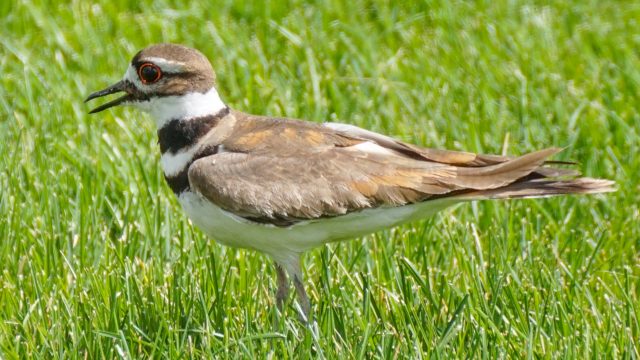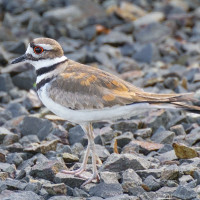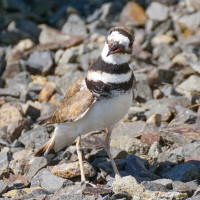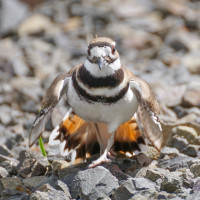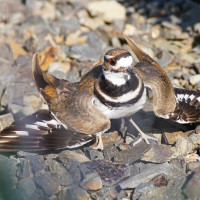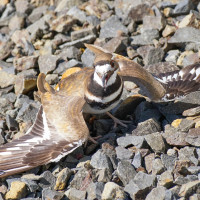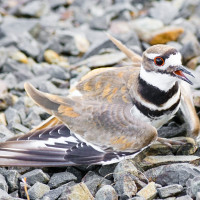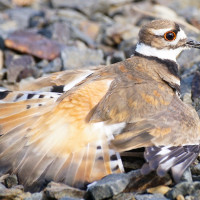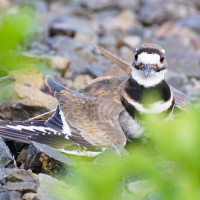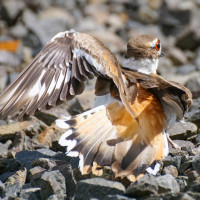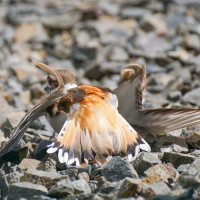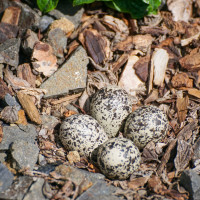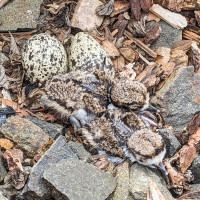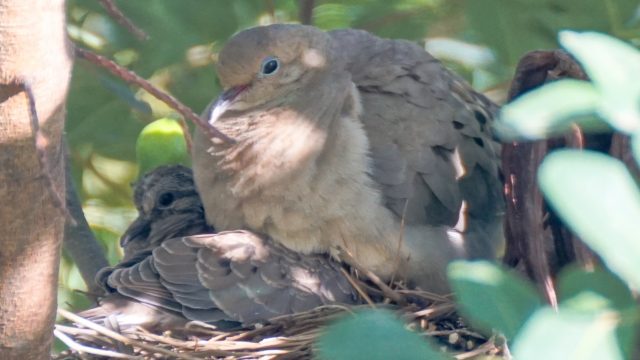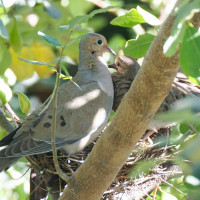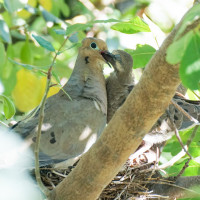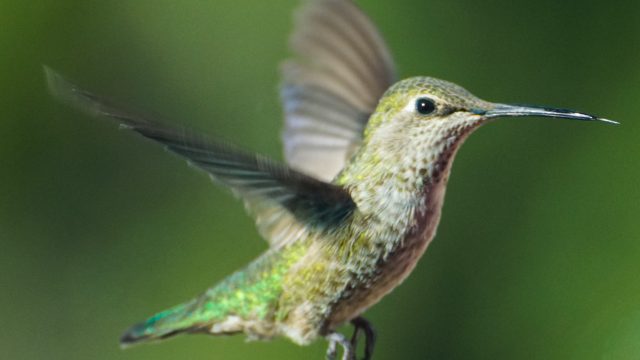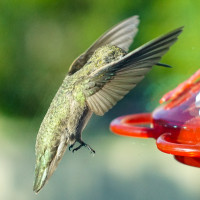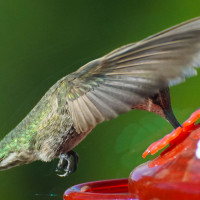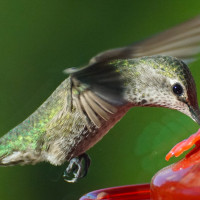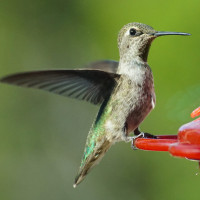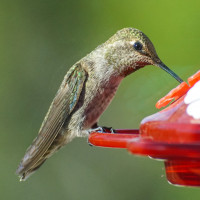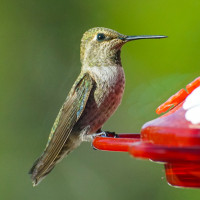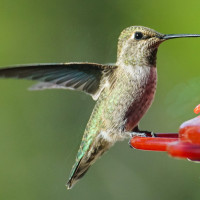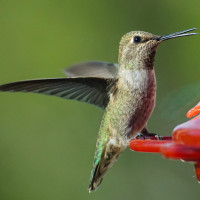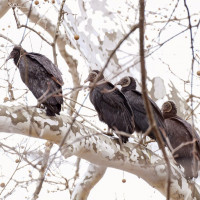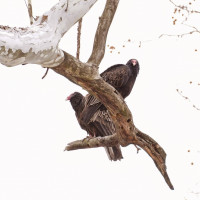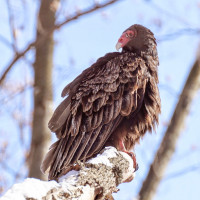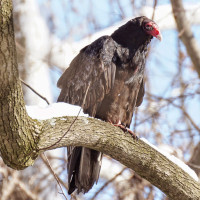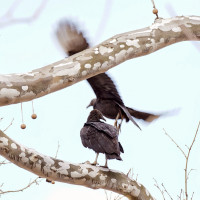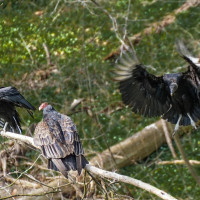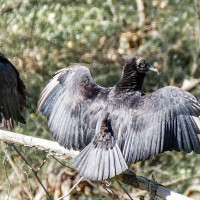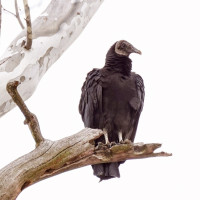Killdeer are common birds of the plover family (like the mourning doves I showed in a previous post). Their name supposedly comes from their loud and distinctive call, which bird guides say sounds like “kill-deer,” though I don’t hear that at all. There’s a video of one at the bottom of this post so you can hear and judge for yourself. As with mourning doves, both parents stay to incubate and protect the eggs, which take 3-4 weeks to hatch. Killdeer chicks are precocial, meaning that they can walk and feed themselves soon after hatching. The parents still tend to them and protect them from danger. They learn to fly when they are about 3 weeks old.
Following is a gallery of photos I took of killdeer I found nesting in my yard. I was alerted to their presence by the antics of the mating pair protecting their four eggs. First was a persistent and attention-grabbing tweet. Once my eye found one of the parents, the bird began its famous “broken-wing” act, which is used to lure predators away from their nests: the killdeer will pretend to have an injured wing, dragging it and beating it against the ground while making pitiful cries. The idea is that a predator will follow the seemingly easy prey as the killdeer leads it further and further away from the nest. When the predator is far enough, the killdeer fly away. This actually makes it easy to find the nest: Just go in the opposite direction of where the killdeer is drawing you. The closer you get the to its nest the closer the killdeer will come to you in an attempt to distract you.
So I did find and photograph their eggs, but I didn’t want to overly traumatize the birds so I returned with my 300mm lens to get these photos from a reasonable distance.
The eggs are sort of camouflaged, but leaving them in a clutch like that on open ground still doesn’t seem to me like a great strategy.
